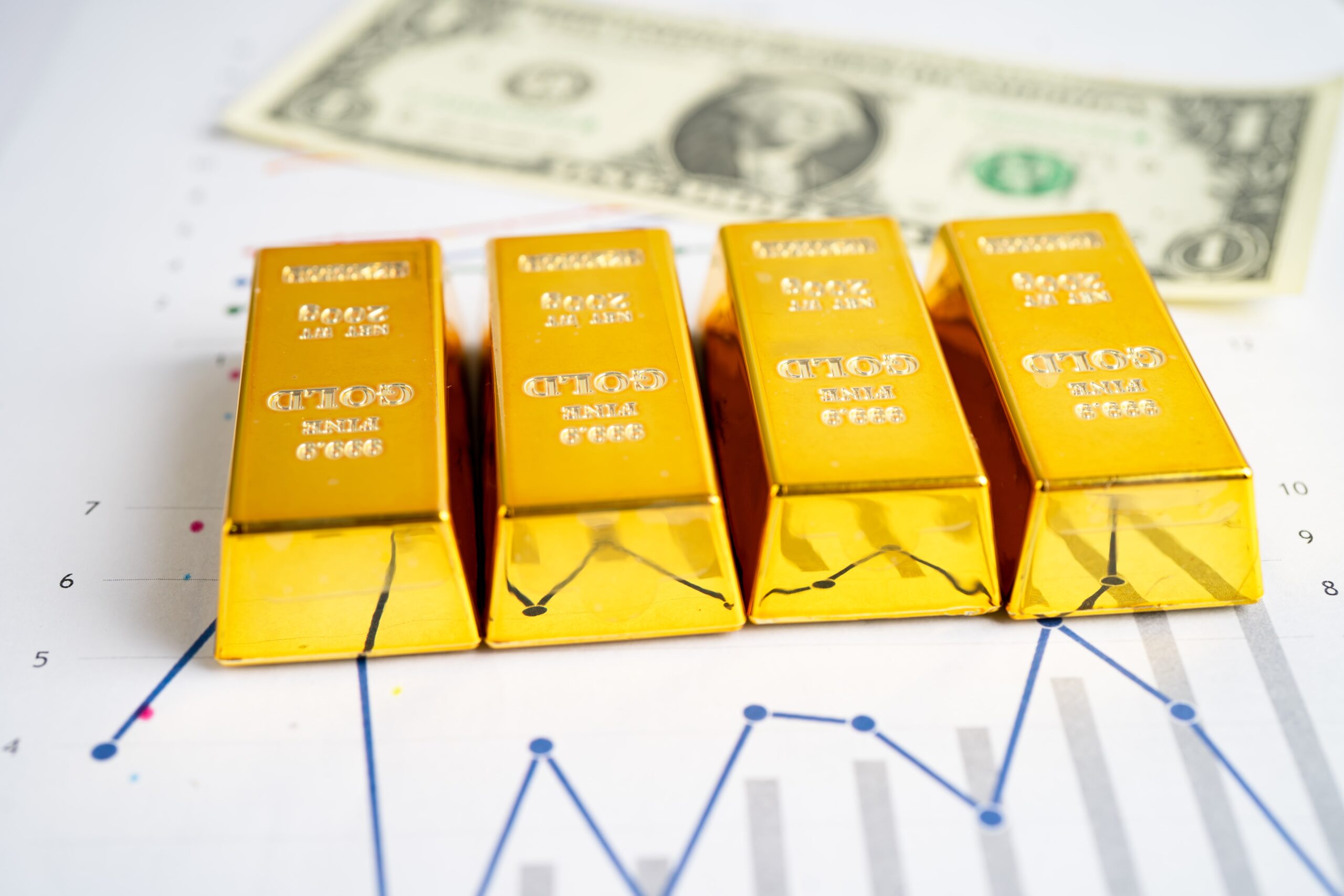The gold market is experiencing significant shifts, with traders and investors closely watching price movements, supply chain disruptions, and demand trends. One major question is whether gold demand in New York is truly declining. While recent data suggests a slowdown, the situation remains complex. Gold supply constraints in London, fluctuations in gold futures, and rising gold lease rates continue to shape the global market.
New York Gold Demand: Signs of a Slowdown
At the beginning of the year, New York saw a surge in gold demand. Traders rushed to secure inventories before potential tariff increases. However, recent trends suggest an easing in demand. This change is evident in the narrowing of the Exchange for Physical (EFP) spreads, which measure the difference between gold futures and spot gold prices.
- In early January, the EFP spread was $34.80 per ounce, signaling high demand.
- By the end of the month, it dropped to just $0.45 per ounce.
- This decline followed a less aggressive approach to trade tariffs.
A reduced urgency to secure physical gold in New York has led to fewer withdrawals from COMEX warehouses. This indicates that traders are no longer scrambling to stockpile gold, causing a relative cooling in demand.
Gold Supply Tightness in London Continues
While New York gold demand has eased, gold supply in London remains tight. London serves as a key trading hub, and traders there are struggling to secure enough gold for deliveries. The limited supply has caused several unusual market trends.
- One-month gold lease rates in London have surged to 4.5%, up from near zero.
- Backwardation has emerged, where spot prices are higher than future prices.
- Gold stored at the Bank of England is selling at a discount due to long withdrawal wait times.
Gold lease rates usually remain at negative or zero levels. The sharp increase indicates traders are paying a premium to access gold immediately. Backwardation, an uncommon phenomenon in the gold market, suggests a strong demand for short-term deliveries.
These market distortions show that while New York traders are experiencing less urgency, London’s market remains under significant pressure. The imbalance between these two major gold hubs could create price volatility in the coming months.
Gold Futures and Market Movements
Gold futures play a crucial role in determining market trends. These contracts allow traders to lock in future gold prices, providing a hedge against volatility. Recent shifts in the futures market highlight how demand changes impact overall gold pricing.
- Mid-January saw a surge in gold futures prices as traders covered short positions.
- As gold supply improved, futures prices stabilized.
- The narrowing of EFP spreads suggests traders are relying less on COMEX for gold access.
Despite easing demand in New York, gold futures remain sensitive to global supply chain issues. COMEX continues to be a major driver of price action, and any renewed demand surge could once again push futures prices higher.
What This Means for the Gold Market
The gold market is currently navigating an unusual landscape. While demand in New York has eased, London’s supply tightness suggests that gold remains in high demand globally. Several key factors will influence the market in the coming weeks:
- Gold lease rates and their effect on short-term borrowing costs.
- The availability of gold from major vaults, including the Bank of England.
- Future movements in gold futures prices on COMEX.
If gold supply issues persist in London, traders may continue paying higher premiums for immediate access. At the same time, New York’s market may remain stable unless new geopolitical or economic events drive another surge in demand.
Final Thoughts
The gold market is undergoing a shift, with New York’s demand cooling while London struggles with supply constraints. These imbalances could create new trading opportunities and increased price volatility. Gold futures, lease rates, and inventory levels remain key indicators for investors to monitor. As the global gold market continues to evolve, staying informed will be essential for traders looking to navigate the changing landscape.
Click here to read our latest article How to Start Forex Trading with $100 or Less




